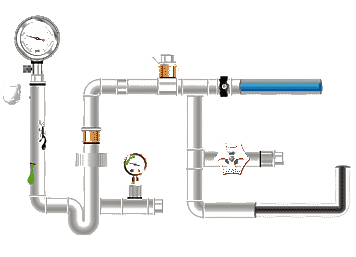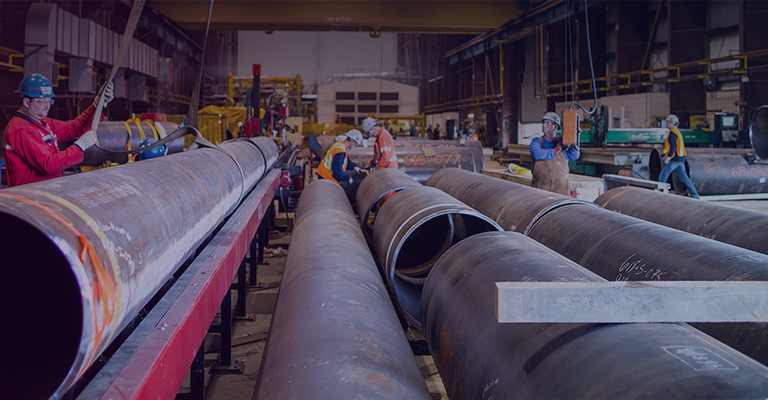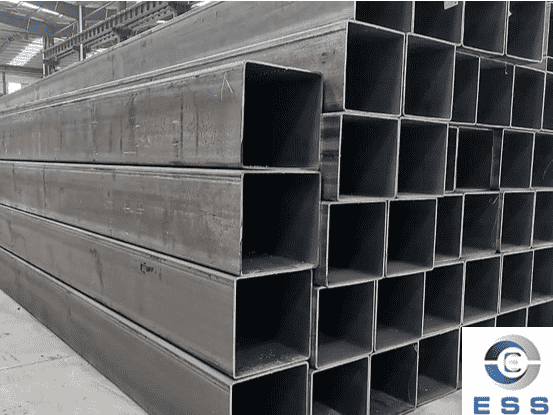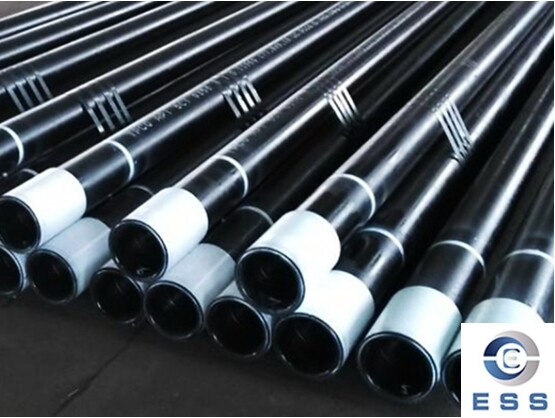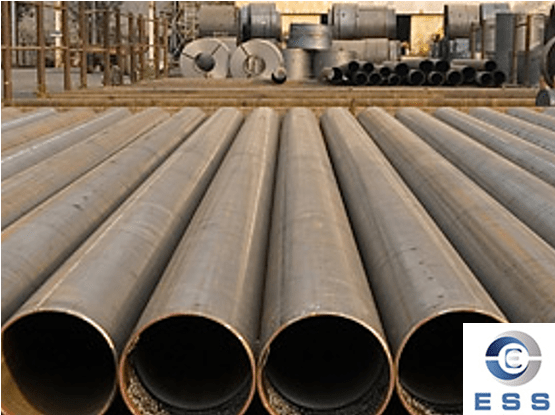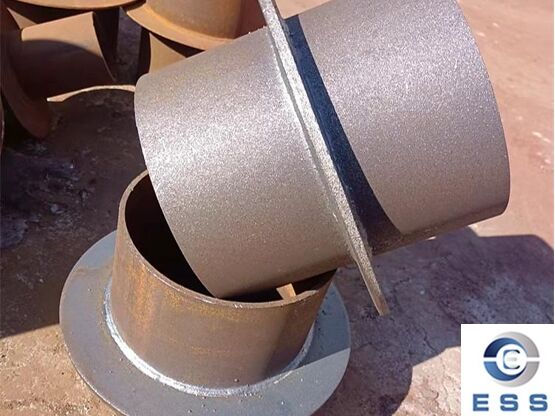
In pipeline protection projects, rigid
waterproof casing
pipe and general steel casing pipe are both common choices, but they are by
no means interchangeable! Choosing the wrong type can waste costs at best, or
lead to serious problems such as leakage and corrosion. Although both are
pipeline protection materials, there are significant differences in
performance, use, installation requirements and price. This article will
explore the differences between the two casing pipes from multiple dimensions
to help you make an informed decision when choosing.
Definition and structural differences
Rigid waterproof casing pipe
Waterproofing is its core mission. It is
specially equipped with a sturdy wing ring (annular sleeve made of steel plate)
on the outside of the steel pipe, supplemented by sealing and filling materials
such as oil hemp and asbestos cement. This dual structural design (steel pipe +
wing ring + sealing filling) is specifically designed to ensure that the
pipeline is leak-proof when passing through the wall (such as the basement,
pool wall), while providing stable support.
General steel casing pipe
The core function is physical protection
and support. The structure is relatively simple, mainly composed of a seamless
steel pipe, and sometimes the surface is treated with anti-corrosion (such
as spraying, coating).
It does not have a special waterproof structure, and mainly relies on the
strength and stability of the steel pipe itself to resist external impact and
wear.
Performance difference
Rigid waterproof casing pipe
1. Rigid waterproof casing pipe has
excellent waterproof performance and stability due to its special structure and
material selection. It can effectively prevent moisture from penetrating from
the wall into the inside of the pipeline, thereby protecting the pipeline from
corrosion and damage.
2. Rigid waterproof casing pipe also has
certain seismic resistance, which can reduce the impact of earthquakes on the
pipeline system to a certain extent.
3. This kind of casing pipe has a long
service life, good stability and aging resistance, and can maintain long-term
stable performance under normal working temperature and pressure conditions.
General steel casing pipe
1. General steel casing pipe is made of
high-end steel (mild
steel pipe, precision
tube), with high strength and hardness, and can withstand high-intensity
pressure and impact.
2. The outer shell of the general steel
casing pipe can be sprayed or coated with anti-corrosion materials to enhance
its anti-corrosion performance.
3. The service life of this casing pipe is
also relatively long, durable, and has certain maintainability and reusability.
Differences in usage
Rigid waterproof casing pipe
Scenario where waterproofing is a hard
indicator! Typical applications include:
1. Pipes through the wall of the basement.
2. The inlet and outlet pipes of the pool
and water tank penetrate the wall.
3. Complex environments with strict
requirements for waterproofing (such as submarine pipeline interfaces and
important underground passages).
General steel casing pipe
Protecting the pipeline from physical
damage is the top priority! Widely used in:
1. External protection of oil and natural
gas pipelines, such as drill pipes.
2. External protection of water supply, sewage pipes,
and boiler
tubes.
3. Construction sites, municipal projects,
chemical plants, etc., where pipelines need to be protected from external
impact, wear, and corrosion.
Differences in installation requirements
Rigid waterproof casing pipe
1. The installation process of rigid
waterproof casing pipe is relatively complicated, and it is necessary to ensure
the sealing between the casing pipe and the wall.
2. During installation, it is usually
necessary to use special sealing materials (such as oil hemp, asbestos cement,
etc.) for filling, and reserve appropriate space on the wall for installation
and commissioning.
3. The casing pipe also needs to be treated
with anti-corrosion to increase its service life.
4. Since the structure of the rigid
waterproof casing pipe is relatively complex, a high level of technology and
experience is required for installation.
General steel casing pipe
1. The installation of general steel casing
pipe is relatively simple. It does not need to consider waterproof performance,
so the casing pipe can be directly fixed on the wall and connected to the
pipeline with appropriate connectors.
2. The installation process of general
steel casing pipe is relatively quick and convenient, and the requirements for
technical level and experience are relatively low.
Price difference
Since the rigid waterproof casing pipe is
more complex and sophisticated in structure and material selection, its price
is usually higher. The general steel casing pipe is more affordable because of
its relatively simple structure and material.
However, it should be noted that price is
not the only criterion for measuring the quality of pipeline protection
materials. When choosing, it is also necessary to comprehensively consider
factors such as the specific needs of the project, budget, and material
performance.
Maintenance difference
Rigid waterproof casing pipe
1. Due to its special waterproof structure
and material selection, rigid waterproof casing pipe requires regular
maintenance and care to ensure the stability and durability of its performance.
2. During maintenance, it is necessary to
check whether the sealing and anti-corrosion performance of the casing pipe are
good, and to handle and repair them in time.
General steel casing pipe
1. General steel casing pipe is relatively
simple, and it does not require special maintenance and care.
2. During long-term use, it is still
necessary to check whether the connectors and fixings of the casing pipe are
loose or damaged, and replace or repair them in time.
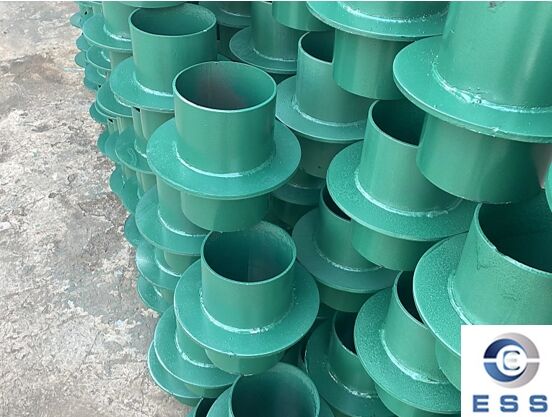
Precautions in practical application
In practical application, the choice of
rigid waterproof casing pipe or general steel casing pipe needs to be
comprehensively considered according to the specific needs and conditions of
the project. Here are some things to note:
1. Understand the project requirements
Fully understand the specific needs and
conditions of the project, including information such as the material,
specification, quantity and installation location of the pipeline. This
information will help determine the type and quantity of casing pipe required.
2. Choose the right material
Choose the right pipeline protection
material according to the needs and conditions of the project. For occasions
where waterproof performance is required, you can choose a rigid waterproof
casing pipe; for the protection and support needs of general pipelines, you can
choose a general steel casing pipe.
3. Consult professionals
During the selection and installation
process, it is recommended to consult professionals for design and
construction. They can provide professional advice and guidance to ensure the
quality and safety of construction.
4. Strictly follow the specifications
During the construction process, it is
necessary to strictly follow the relevant standards and specifications. Ensure
that the sealing between the casing pipe and the wall is good, and the fixings
and connectors of the casing pipe are installed correctly.
5. Regular maintenance and care
For rigid waterproof casing pipe, regular
maintenance and care are required to ensure the stability and durability of its
performance. For general steel casing pipe, it is necessary to pay attention to
check the looseness or damage of the connectors and fixings, and replace or
repair them in time.
Summary
Rigid waterproof casing pipe and general
steel casing pipe have a wide range of applications and important roles in the
field of pipeline protection. They each have unique characteristics and
advantages, suitable for different occasions and needs. When choosing, it is
necessary to comprehensively consider factors such as the specific needs of the
project, budget, and material performance. Through reasonable selection and
use, the pipeline system can be effectively protected, the service life can be
extended, and the safety and reliability of the pipeline system can be ensured.
Read more: Specifications and dimensions of oil casing or The difference between tubing and casing









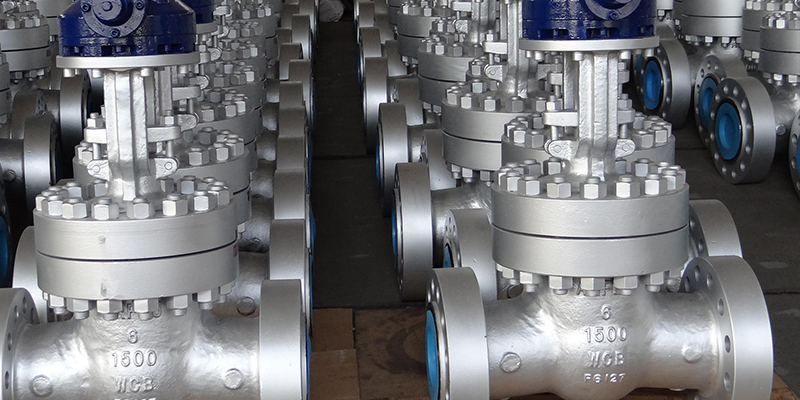
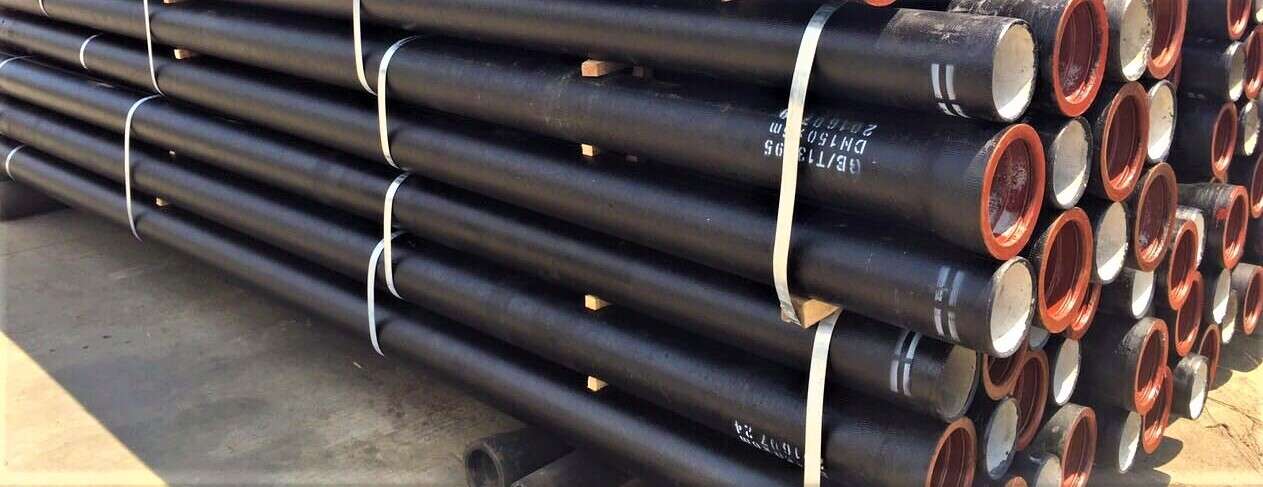


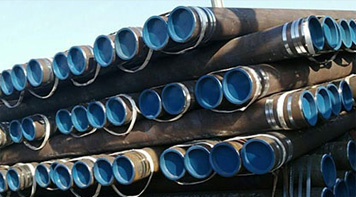 Eastern Steel Manufacturing Co.,Ltd not only improve product production and sales services, but also provide additional value-added services. As long as you need, we can complete your specific needs together.
Eastern Steel Manufacturing Co.,Ltd not only improve product production and sales services, but also provide additional value-added services. As long as you need, we can complete your specific needs together.
